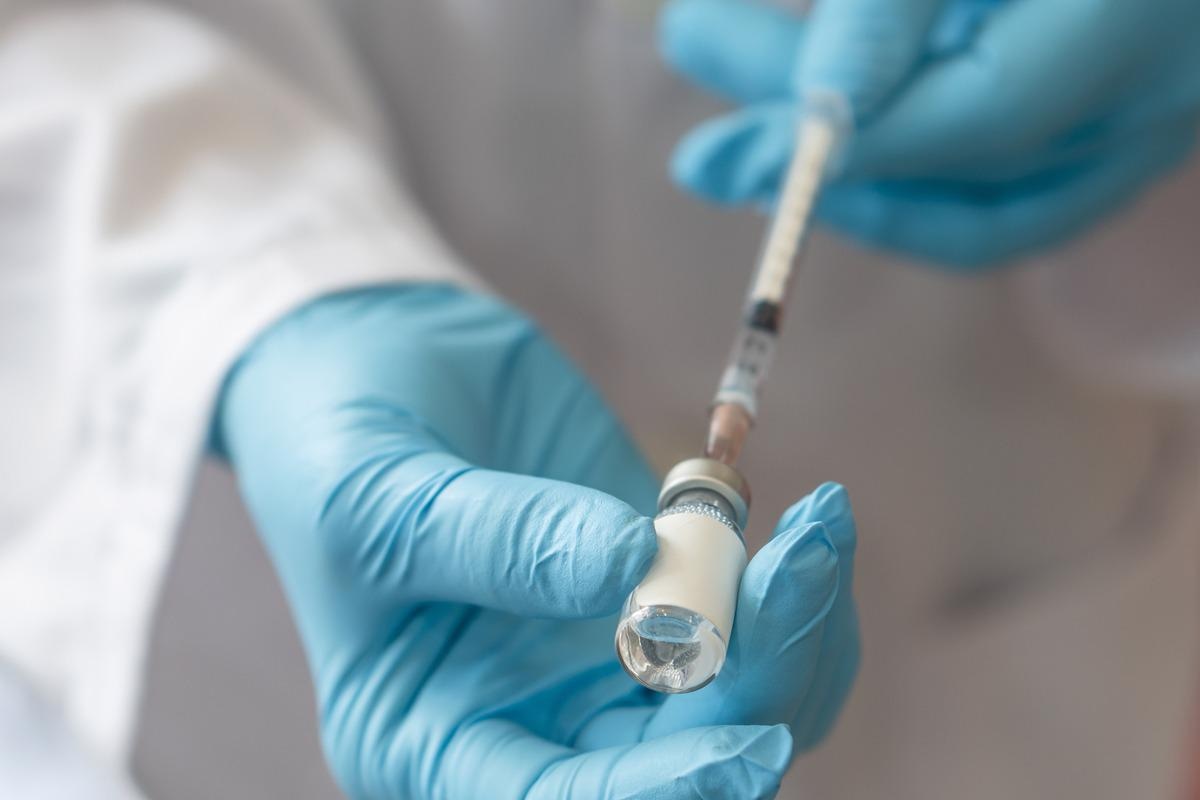In a recent study posted to the Research Square* preprint server, researchers quantified the serological responses following the third dose of messenger ribonucleic acid (mRNA)-based coronavirus disease 2019 (COVID-19) vaccines in patients with hematological malignancies, who attended routine hematology outpatient clinics.

The team summarized the results of the MARCH study, which reported serological responses to COVID-19 vaccination in real-world patients with hematological malignancies.
Background
COVID-19 has a high mortality rate in patients with hematological malignancies. Although vaccines have successfully decreased COVID-19-related severity outcomes, such as deaths and hospitalizations, the vaccine efficacy in patients with hematological malignancies is low.
However, the extent of protection conferred to patients with hematological malignancies by vaccination is not very clear, warranting the need for further investigations.
The United Kingdom (UK) has offered a third dose of mRNA vaccines to extend the protection conferred by the primary vaccine doses. However, the responses are heterogeneous and vary based on the type of hematological malignancy and the choice of therapy.
About the study
In the present study, researchers reported findings of the MARCH study in patients with hematological malignancies who routinely attended hematology outpatient clinics.
A total of 381 hematological malignancy patients were included in the study. Most of the patients received two prime vaccine doses of either AstraZeneca’s ChAdOx1-S/nCoV-19 vaccine (n=149, 39%) or Pfizer- BioNTech’s BNT162b2 vaccine (n=228, 60%), or Moderna’s mRNA1273 vaccine (n=1), while the prime vaccination of three patients was not known. Most (n=160, 98%) of the patients received BNT162b2 as the third dose. The medians of the periods between the first and the second dose and between the second and the third dose were 187 and 75 days, respectively.
The anti-spike(s) protein antibody titers were determined after the first, second, and third doses for the patients and healthy controls to evaluate the protection offered by each vaccine dose. Additionally, the anti-S titer differences among the patients, on stratifying them according to the therapeutic regimens, were also evaluated.
Results
Antibody response reports after the first, second, and third doses could be obtained for 171, 327, and 162 study participants, respectively. The medians of the periods between vaccination and antibody testing were 56 days, 49, and 51 days for the first, second, and third vaccine doses, respectively.
All controls demonstrated detectable anti-S antibodies post-first dose. However, this was not observed among the patients. Nevertheless, an increase of 53%, 73%, and 87% was observed in the anti-S titers of patients after the first, second, and third vaccinations, respectively. However, the antibody responses were non-uniform, and overall, detectable antibodies were observed in 87% of patients after three vaccine doses. Only 61% and 58% of patients with B-cell lymphoma and chronic lymphocytic leukemia (CLL) demonstrated detectable anti-S titers, respectively.
In addition, significant differences were observed in stratifying patients based on their therapeutic regimens, with detectable antibody responses in 38%, 55%, and 75% of patients on Bruton’s tyrosine kinase (BTK) inhibitors, anti-cluster of differentiation 20 (anti-CD20) monoclonal antibodies (rituximab, obinutuzumab) and venetoclax, a B-cell lymphoma 2 (Bcl-2) inhibitor, respectively.
However, a distinct improvement in the antibody responses was noted post-third dose. A few patients with poor antibody responses to the first and second doses reported in previous studies, such as patients on Janus Kinase/Signal Transducers and Activators of Transcription (JAK-STAT) inhibitors showed improvement post-third dose, (anti-S titers after the first, second, and third dose were 18%, 52%, and 91%, respectively), whereas patients on BTK inhibitors showed only modest improvement in the anti-S titers with increasing doses of vaccination (anti-S titers were 0%, 15% and 38% after the first, second and third vaccine doses, respectively).
Post-second dose, the median anti-S titers in the patients were significantly lesser than those of controls (214 binding antibody units (BAU)/ml versus 604 BAU/ml). However, the anti-S titers after the third dose did not significantly differ from those after the second dose, compared to the controls (the median for patients post-three doses and controls post-two doses were 102 BAU/ml and 604 BAU/ml, respectively).
Of note, after two doses, only 19% of the study participants demonstrated antibody titers above 568 BAU/ml in comparison to 56% of controls. However, 59% of patients attained these antibody titers post third dose, albeit the antibody responses were non-uniform, with just 29%, 21%, and 22% of patients with plasma cell dyscrasias, CLL, and B-cell lymphoma, respectively, crossing the antibody threshold.
Importantly, none of the patients on BTK inhibitors mounted antibody responses exceeding 568 BAU/ml, whereas 15%, 25%, 36%, and 36% of patients on obinutuzumab- or rituximab-containing therapeutic regimens, venetoclax, JAK-STAT inhibitors, and other cytotoxic chemotherapeutic agents, respectively, attained antibody titers exceeding 568 BAU/ml.
Overall, in comparison to healthy controls, suboptimal responses were noted in patients with hematological malignancies following two primary doses, with a remarkable increase in the serological responses after the third dose, especially those on JAK-STAT inhibitors.
To summarize, the study findings showed that patients with hematological malignancies that elicited sub-optimal vaccine responses after the first and second primary vaccine doses would benefit from an additional (third) vaccine dose and early treatment with therapeutic regimens, such as monoclonal antibodies, in the event of developing COVID-19.
*Important notice
Research Square publishes preliminary scientific reports that are not peer-reviewed and, therefore, should not be regarded as conclusive, guide clinical practice/health-related behavior, or treated as established information.
- Lucy Cook, et al. (2022). Third primary SARS-CoV-2 prophylactic mRNA vaccines enhance antibody responses in the majority of patients with hematological malignancies: Results from the MARCH study. Research Square. doi: https://doi.org/10.21203/rs.3.rs-1463482/v1 https://www.researchsquare.com/article/rs-1463482/v1
Posted in: Medical Science News | Disease/Infection News
Tags: Antibodies, Antibody, Cell, Chronic, Chronic Lymphocytic Leukemia, Coronavirus, Coronavirus Disease COVID-19, covid-19, Efficacy, Hematology, immunity, Kinase, Leukemia, Lymphoma, Mortality, Protein, Research, Ribonucleic Acid, Rituximab, RNA, Transcription, Tyrosine, Vaccine

Written by
Pooja Toshniwal Paharia
Dr. based clinical-radiological diagnosis and management of oral lesions and conditions and associated maxillofacial disorders.
Source: Read Full Article
